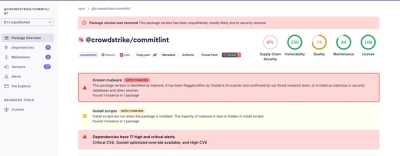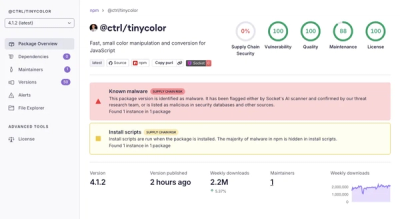
Tspoon


AST visitors for Typescript.
API Reference
What Tspoon does
Typescript transpilation is usually source -> AST -> target.
Tspoon uses Typescript's compiler API
to allow pluggable pieces of logic (called visitor) to modify the
AST before invoking
the Typescript transpiler. The process will look like this source -> AST -visitors-> AST -> target.
This technique enables early optimizations and error detection for custom
language features.
In addition, Tspoon's validation api supports pre-validation code changes,
allowing the developer to bypass otherwise unavoidable TypeScript diagnostics.
Users Documentation
Simple examples can be found here
and here.
Getting started
Install tspoon using npm.
npm install tspoon
Currently, Tspoon exposes only a programmatic API. Meaning, it is used
by other javacript code invoking it's transpile and validate methods.
tspoon.transpile(content, config)
content is a string containing the code to transpile, and config defines
the visitors and transpilation parameters.
The result is an instance of the TranspilerOutput interface, containing
the transpiled code, a source map describing all changes done to the code,
the diagnostics generated by the visitors and Typescript, and whether the
operation failed or not.
interface TranspilerOutput {
code: string,
sourceMap: RawSourceMap,
diags: ts.Diagnostic[],
halted: boolean
}
var tspoon = require('tspoon');
var config = {
sourceFileName: 'src.ts',
visitors: ...
};
var sourceCode = fs.readFileSync(...);
var transpilerOut = tspoon.transpile(sourceCode, config);
...
fs.writeFileSync(path.join(__dirname, 'src.js'), transpilerOut.code, {encoding:'utf8'});
tspoon.validate()
Documentation pending writing
How to write a visitor
A visitor is an instance of the visitor interface:
interface Visitor {
filter(node: ts.Node) : boolean;
visit(node: ts.Node, context: VisitorContext, traverse: (...visitors: Visitor[]) => void): void;
}
Consider for example the following visitor:
{
filter(node){
return node.kind === ts.SyntaxKind.PropertyDeclaration
&& node.modifiers
&& node.modifiers.some(function(m){
return m.kind === ts.SyntaxKind.PrivateKeyword;
});
},
visit(node, context, traverse) {
context.replace(node.getStart(), node.getEnd(), '');
context.reportDiag(node, ts.DiagnosticCategory.Message, 'deleted field "' + node.getText()+'"', false);
}
}
This visitor only operates on nodes representing property declarations
which have the private modifier. When such a node is encountered,
it is deleted from the source code, and a diagnostic message notifying
the delete action is emitted.
Visitor Composition
The code transformations often happens on multiple levels of the AST. For
example, one needs to traverse all class declarations, but the actual
transformation is performed on the respective syntax subtree (e.g. method
bodies). In order to achieve this, TSpoon lets you to execute a visitor
from another visitor:
var visitor = {
filter(node) {
return node.kind === ts.SyntaxKind.ClassDeclaration;
},
visit(node, context, traverse) {
traverse([{
filter(node) {
return node.kind === ts.SyntaxKind.Block;
},
visit(node, context, travers) {
context.replace(node.getStart(), node.getEnd(), '');
}
}]);
}
}
(This example will remove execution blocks within classes.)
Developer Documentation
how to build and test locally from source
Clone this project locally.
Then, at the root folder of the project, run:
npm install
npm test
how to run local continous test feedback
At the root folder of the project, run:
npm start
Then, open your browser at http://localhost:8080/webtest.bundle
and see any changes you make in tests or code reflected in the browser
Versioning
Currently Tspoon is in alpha mode. As such, it does not respect semver.
License
We use a custom license, see LICENSE.md




